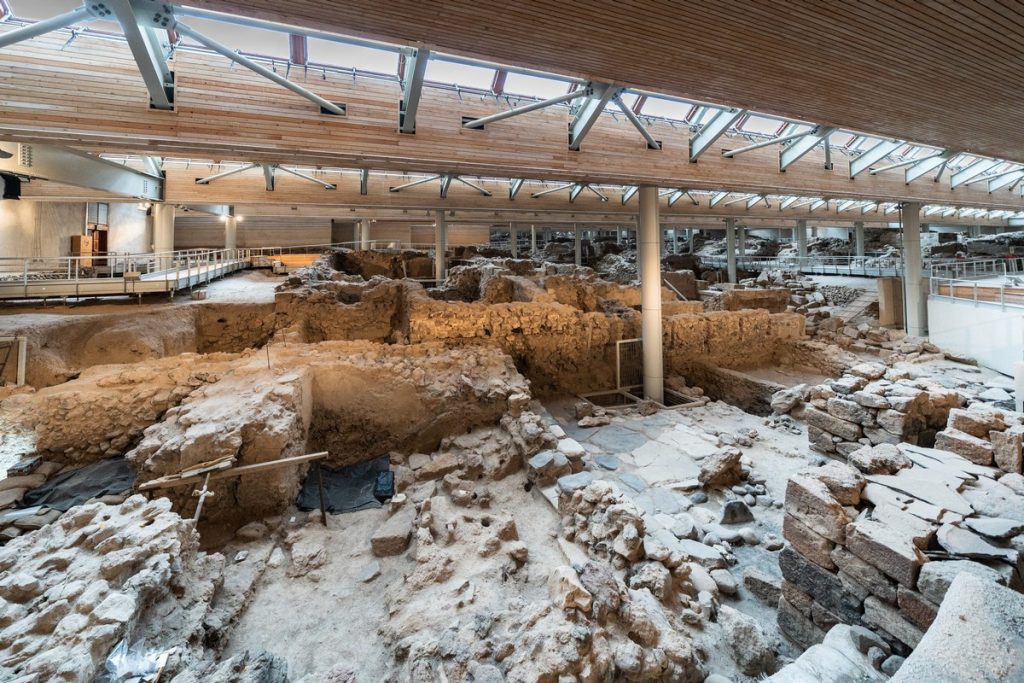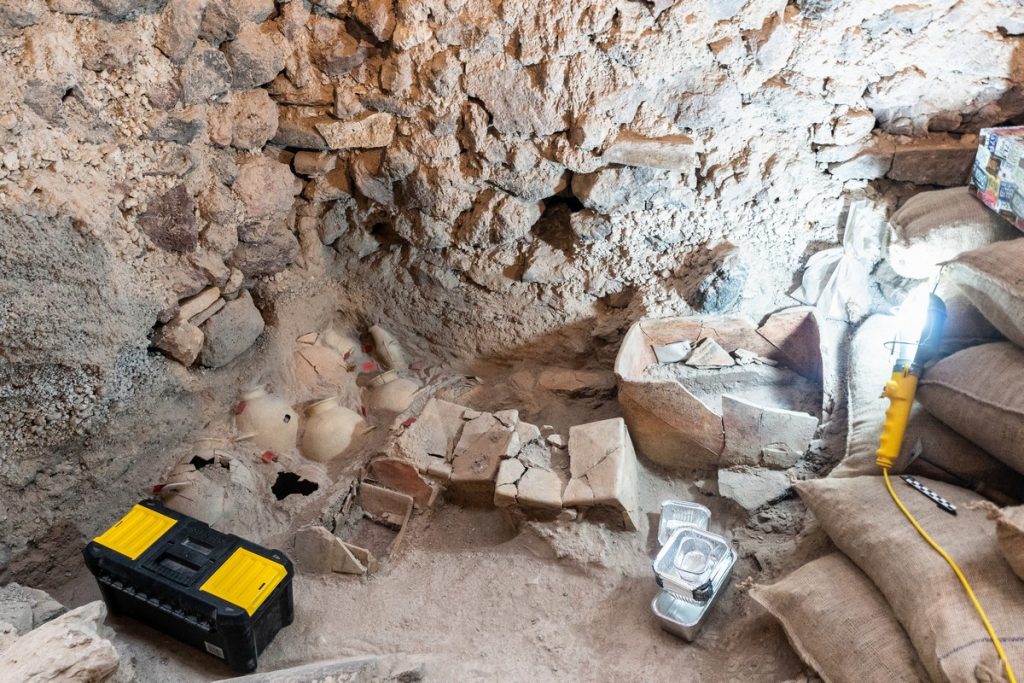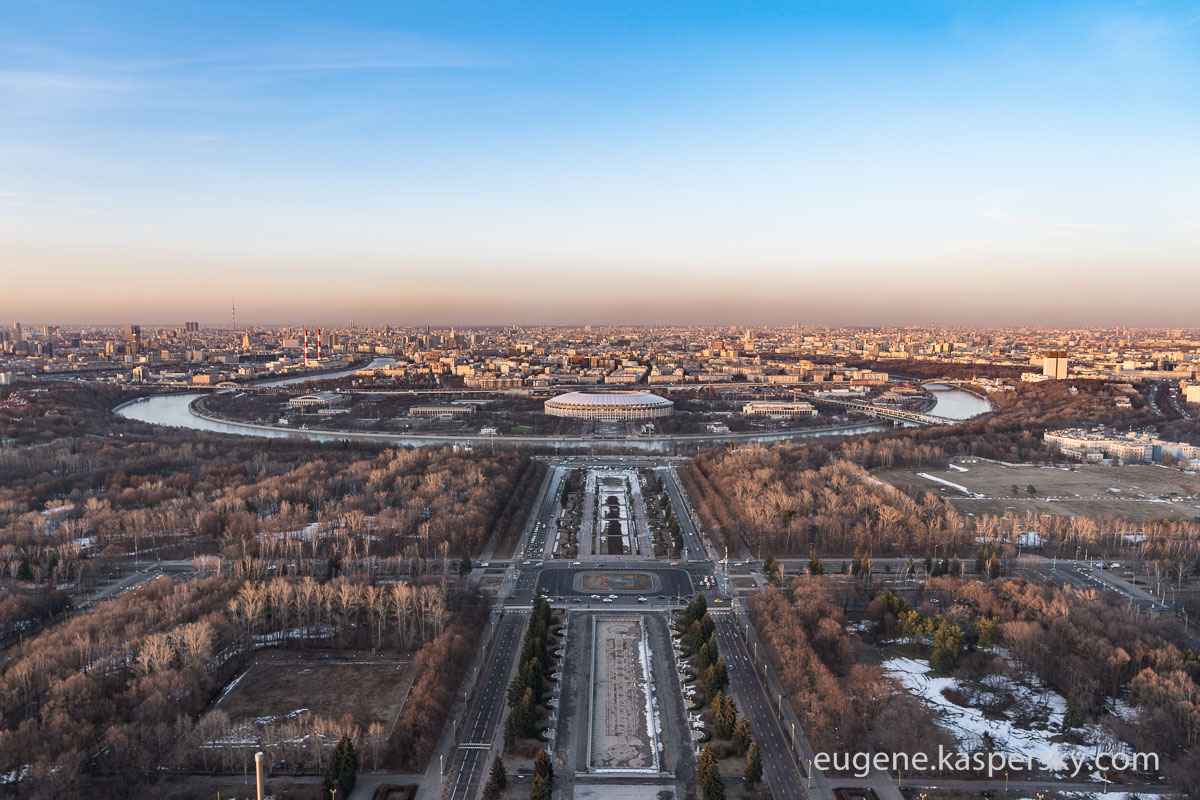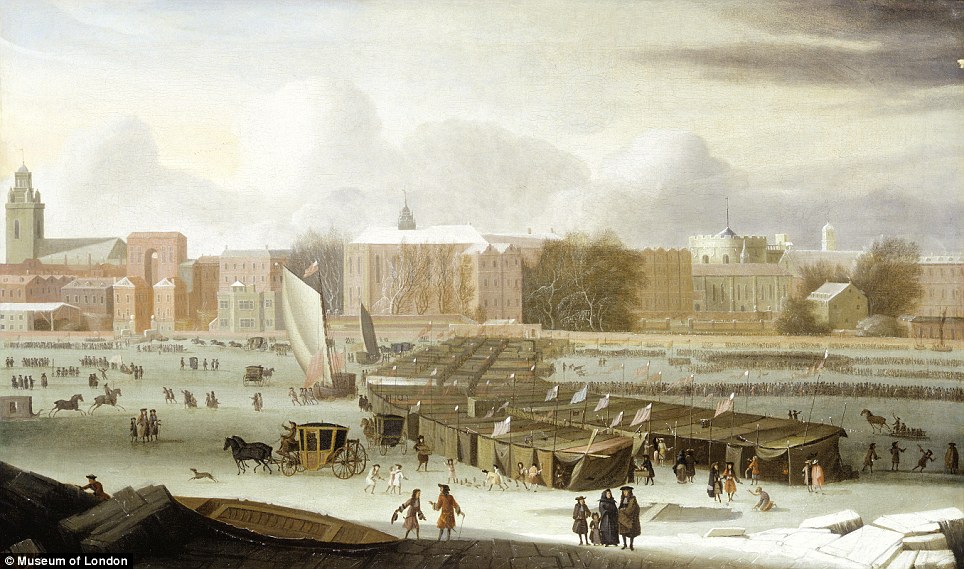April 22, 2020
Two important questions about the Earth on Earth Day.
On Earth Day – today – I’d like to say a few words about global warming, particularly the anthropogenic factors that contribute to it – or don’t!
I’d like to go over a few of the theories of, and interdependencies and tendencies regarding, global warming, and also compare some of the theory with the practical. I’ll do so through two two questions…
1. How will the world actually change as a result of global warming?
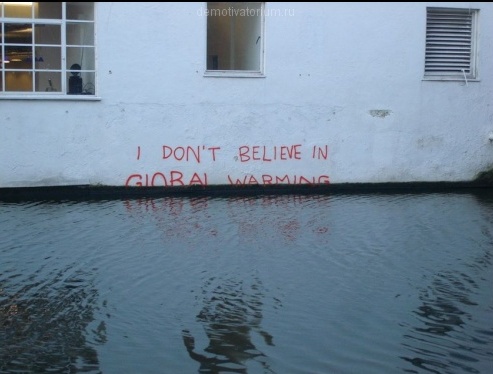
It is totally and blatantly obvious that the world is warming up. At a minimum in the arctic and temperate zones we can see this for ourselves.
Example: Around 40 years ago when I was a teenager, ~-20°С in winter in Moscow was the norm, -30°С was common, and the occasional dip down to -40°С or below occurred a few times a year. Such cold temperatures, it goes without saying, came with a lot of snow. Today, Christmas and New Year can come and go… without snow! WHAT?!
But it’s not just Moscow. Warming is everywhere. Take… Siberia as another example. But here the damage done may become apparent sooner rather than later: extreme global warming may see inner Siberia becoming an appendage to the Gobi Desert, with Lake Baikal surrounded by tall barkhan dunes. And that’s only after so much methane and other harmful gases have been emitted into the atmosphere that the permafrost in the region – permanently frozen for millions of years – will start to melt!
And it’s not just Russia, of course. But for some regions it will be a different thing altogether.
Take the Middle East, for example. With global warming, excessive evaporation of oceanic water could radically alter the quantity of rain in the region. This could mean the region turns into a fertile flowering garden instead of a famously barren desert. Or… maybe not. We don’t know for sure, we can only speculate!
Then there’s a theory that the current warming is the calm before the storm a mere climatic fluctuation before… an upcoming ice age!






